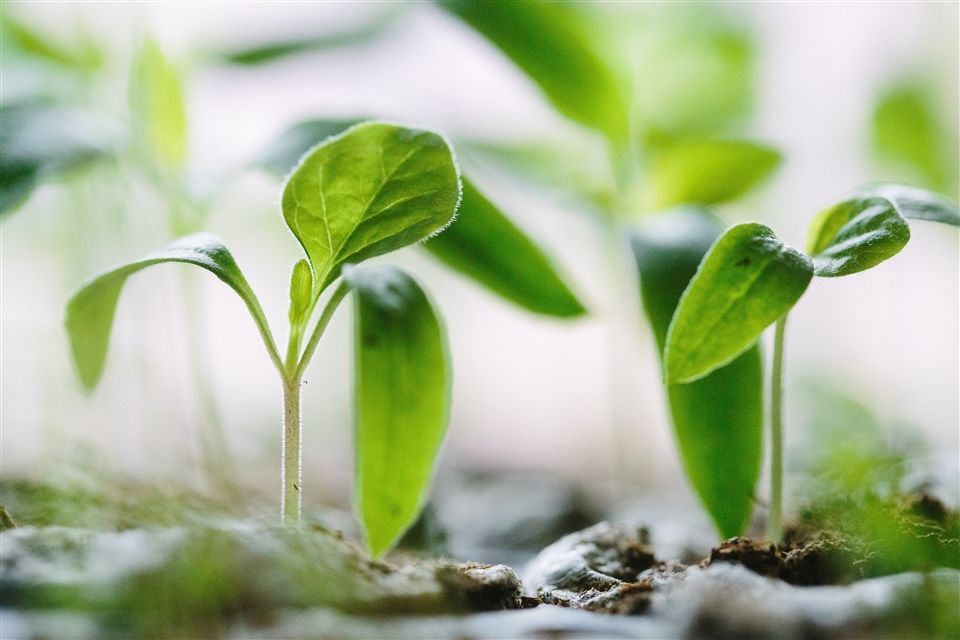By Sharon Bennet & Renée Fournier
Outdoors, the sky is blue, the air is clear, and the trees are on fire with red, orange, and yellow leaves. Fall is in full swing, and that means a season of abundance. If you head out of the city there are fields full of pumpkins and trees full of apples, ripe and ready for picking. All over the province, our farmers’ markets are bursting with all kinds of fresh produce, the result of long hours of sunlight and even longer hours of hard work by farmers and farm workers.
How lucky are we to have access to this abundance? To taste what earth, sun, and hands have provided for us. I recall that when they were young, my children were fussy eaters. But, they didn’t hesitate to pop a wild berry in their mouths or eat endless peas and beans they could pick straight off a vine in their grandmother’s backyard garden. There is just something about a freshly picked fruit or vegetable that makes it more delicious.
There is just something about a freshly picked fruit or vegetable that makes it more delicious.
I believe that there’s an added delight and significance when you have grown and cultivated it yourself.
For children, growing their own food is a multi-dimensional undertaking. Not only does it give them a better understanding of how nature plays such an important role in food production, but it helps them practice patience, and allows them to see how their effort can be rewarded. It’s also an amazing hands-on science lesson, watching as seeds become new leaves or vines, seeing buds appear bringing bees for pollination, and ultimately tasting the fruits of their labour.
In our Junior Primary program, we cultivate gardeners by working with the seasons in our own small garden and planter boxes. We have them pick their “crop”, teach them how to prepare their soil, where to plant the seeds, when to water the plants, and how to track their progress. When it’s time, we help them harvest what they have sowed.
Last month we pulled up our carrots and with them made vegetable soup. Now, we’ll turn our attention to digging deep into the garden spaces to bury bulbs such as daffodils, tulips, and crocuses for spring blooms which will hopefully be ready in time for Mother’s Day gifts. And the possibility of these blossoms gives the children something wonderful to anticipate.
Next spring, we’ll start all over again.
While we are literally planting seeds we are doing so figuratively as well. With these small, simple steps, we are teaching our children that the best food comes from the earth, that they can grow it themselves, and that with care and patience all good things do indeed come. What an important lesson for this world and this time.
Here at Sacred Heart, this is how our garden, and in turn our children, grow.


